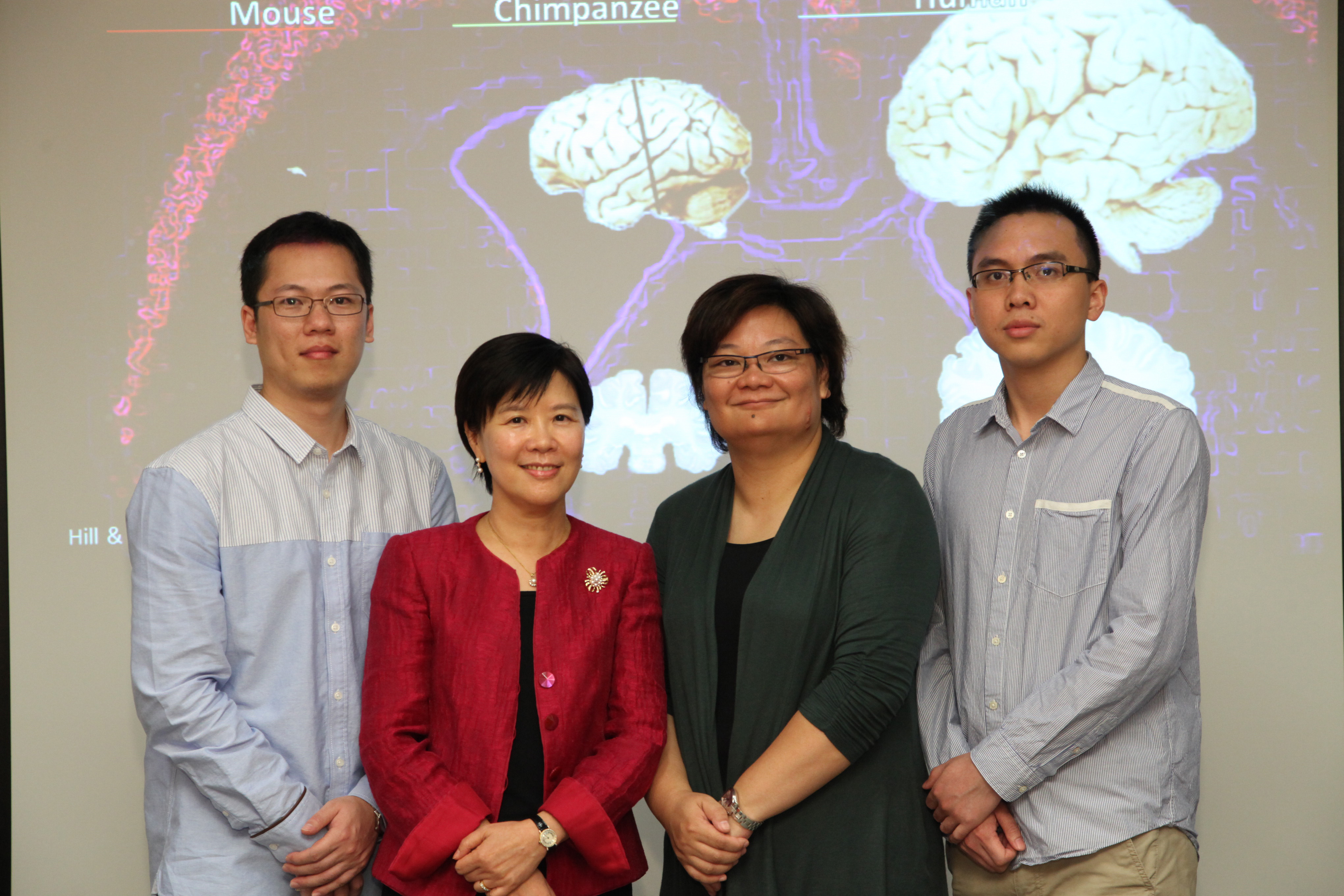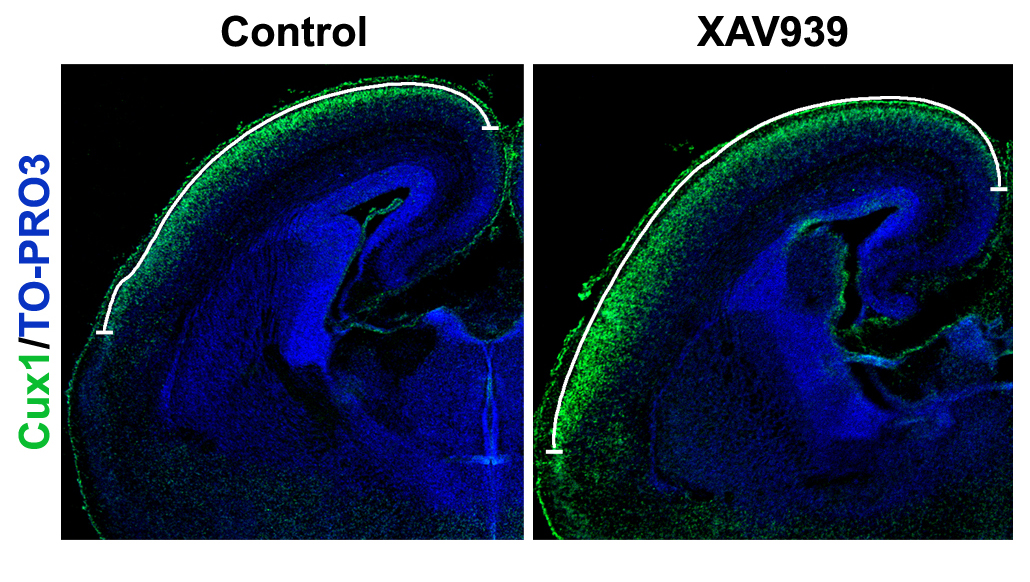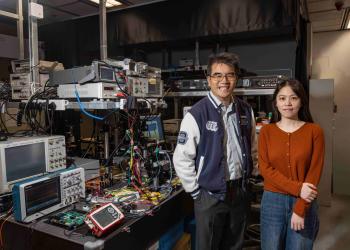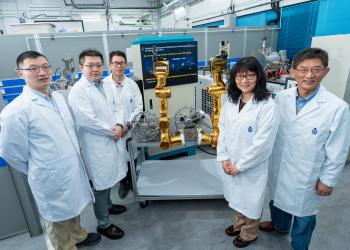HKUST Unravels Molecular Mechanism Behind Autism and Neurodevelopmental Disorders
The Hong Kong University of Science and Technology (HKUST) has achieved another milestone in molecular neuroscience research. Prof Nancy Ip, Dean of Science, Director of the State Key Laboratory of Molecular Neuroscience and The Morningside Professor of Life Science at HKUST, and her research team have discovered a novel mechanism that controls brain cell production and cortical expansion. The study has significantly contributed to our understanding of the evolution of the brain and the molecular basis of neurodevelopmental disorders such as autism, with far-reaching implications for biomedicine. These groundbreaking discoveries have been published in Neuron, a prestigious journal in neuroscience.
The cerebral cortex is the largest structure of the mammalian brain that controls higher mental functions, such as language, consciousness, abstract thought, and spatial recognition. Its structural and functional development requires tight regulation of neurogenesis. A disturbance in neurogenesis results in abnormal - either reduced or excessive - number of neurons being generated, leading to the formation of a smaller or larger brain respectively, and contributes to developmental disorders such as mental retardation. Recently, scientific evidence has suggested that autism is strongly associated with larger brain size and overproduction of neurons. However, there is no clear evidence to substantiate this causative relationship.
The research team led by Prof Nancy Ip has become the first to demonstrate that growth of the cerebral cortex is in fact regulated by coordinated proliferation and differentiation of intermediate progenitor cells. The scaffold protein, Axin, has been identified as the key player in determining the size of the intermediate progenitor cell population, the number of neurons generated during neurogenesis, and ultimately, the size of the brain. The research team has demonstrated that by pharmacological or genetic manipulations, they can increase the production of neurons in the brain and expand the cerebral cortex in mice. This approach opens up the possibility of determining whether cortical overgrowth is directly attributable to autism. Moreover, the new discovery can be applied to stem cell therapy, and test whether increasing or decreasing the number of neurons during early brain development can treat developmental disorders, such as smaller or larger brain disorders. The functional importance of Axin in the generation and differentiation of stem cells also suggests that Axin can act as an important molecular target for screening and developing drugs with potential applications in stem cell therapy.
The HKUST team's remarkable discovery therefore reveals a novel mechanism that regulates production of neurons and the evolutionary expansion of the cerebral cortex. These significant findings also provide new insights into the pathophysiology of neurodevelopmental disorders.
Prof Nancy Ip joined HKUST in 1993 and rose through the ranks to become Chair Professor in 2005. In February 2011, she was appointed Dean of Science. Prof Ip's outstanding scientific accomplishments have won her numerous awards and honors including the Croucher Foundation Senior Research Fellowship in 1998, the National Natural Science Award in 2003, the L'OREAL-UNESCO 'For Women in Science' Award in 2004, the Scientific and Technological Progress Prize of Ho Leung Ho Lee Foundation in 2008, and more recently, the honor of Knight of l'Ordre National du Mérite bestowed by the French President Nicolas Sarkozy. She is an Academician of the Chinese Academy of Sciences and a Fellow of the Academy of Sciences for the Developing World.











